On the Universal Mind
When we pivot our notion of reality (physics really as we define it herein – physis, or nature more broadly), away from objective reality as the benchmark of truth toward an epistemic, process-based model, we end up with a view of the world that is both relative (contextual, subjective) and meaningful (purposeful, psychological, mental) across a variety of dimensions. We no doubt yield ground with respect to predictability and objectivity, but we gain much in terms of a better understanding of not just our relationship to the world (state of mind and state of the world) but our relationship to ideas as they relate to the world as well as us.
This vantage point, our epistemological ontology we’re calling it, presumes that experience is fundamental to Nature, and that experience is itself an epistemological phenomenon which is not altogether objective, nor altogether subjective but something that crosses over, and above, both. While this type of view need not supplant an objective, materialistic worldview it is fair to say that we have reached a stage of human evolution where it is necessary that we complement this perspective with a worldview that at least recognizes the interconnectivity of not just the building blocks of physical reality but also in the building blocks of biochemical and organic reality, out of which we have emerged and are sustained.
This interconnectivity includes clearly humanity’s interdependence on each other (let’s not blow each other up please), and humanity’s interdependence on all forms of life on Earth as is becoming increasingly clear as we churn through more and more of the Earth’s biological ecosystem, driving countless animals and insects into extinction as well as driving (at least partially) climate change. We also have the added dimension of interconnectivity, or really dependence, on the solar system itself which is typically taken for granted. This includes the sun, whose energy of course the whole planet relies on, as well as the magnetic fields of the Earth which protect us from some of the harmful radiation coming from the sun, as well as even the rest of the planets in the solar system which underpin our notion of time and the calendar and no doubt ensure the balance of the solar system itself.
All of which come together to provide us with the very balanced, nuanced and stable conditions which we call home, all resting on a delicate balance of life that we depend upon for our survival. It’s all connected. We can see that in the quantum mechanical experimental data manifesting in non-locality, and certainly the biological sciences have reflected this understanding since at least the time of adoption of Darwin’s theory of evolution (if not before). The philosophical community seems to be moving in the same direction as well with questions of ontology and metaphysics, particularly in light of the varying interpretations of quantum mechanics, gaining momentum, the ‘panpsychist’ movement being at least one prominent example (Skrbina 2009).
All of these disciplines, certainly in harmony with the psychological community that has recognized non-objective truth since its early formation in both the Freudian and Jungian variants, all seem to be moving toward a system of metaphysics that underpins nature that is somehow connected all together at once in some strange and mysterious holographic way, that also seems to reflect a certain basic kind of organization (sacred geometry, numerology, Planck constant, cosmological constant, golden phi ratio, Fibonacci series, etc.) that lends itself toward not just a mathematical interpretation, which is roughly aligned with the objective and materialistic worldview (epistemology), but toward a further abstraction of the universe as information, a vantage point from which (theoretical) computer science has a lot to offer.
Where Stapp, Skribina, myself, and many others from the scientific community have landed from a metaphysical perspective is in many respects the same place that most of the ancient philosophical systems from antiquity landed in fact – that we are not separate from Nature but a part of it and that Nature herself was born out of the cosmos and as such is as dependent upon it (or he/she) just as we are dependent upon the Earth from which we have emerged from and out of.
Examples abound and are covered in detail in Valdez 2019 but clear espousers of a more natural, ethereal and intelligent metaphysics (as opposed to the physicalist bent for which Aristotle is more known for and certainly most of the post-Enlightenment philosophers are known for) are Daoism as revealed through the I Ching which is covered in this work in at least a cursory fashion, Samkhya, Vedanta and Buddhist philosophy from the Indian subcontinent which hold that spirit is fundamental to the universe and that matter is well, a separate matter, as well as various schools of Hellenic philosophy including Platonism (particularly in its Neo-Platonic form with Plotinus and Porphyry) and even Stoicism, which held that the universe was born from a cosmic scale conflagration and was in a very real sense alive in and of itself (corporealism). (Valdez 2014a, 2014b, 2015, 2019)
We even see traces of this type of cosmic, omnipresent metaphysical (and ultimately theological) idea in the early Christian tradition as the Logos, a principle which was understood through a Hellenic philosophical lens but applied to Christian mythos as a way to explain the relationship between man and God (through Christ), as well as in a more Gnostic flavor in John 1:1 where we find the universe emerging from the Logos, or (typically translated as ‘Word’) of God, the Word again being perceived as co-eternal with Christ as the Logos. (Valdez 2019)
This notion of Universal (or Cosmic) Mind then is clearly an idea (no pun intended) with a very long and illustrious heritage, an idea which we find at least traces of in the philosophical and metaphysical worldview of almost every ancient, advanced civilization (Valdez 2019). And this very same idea is starting to re-emerge as a front runner of sorts to help explicate, make sense of, the paradoxes that we are confronted with at the forefront of science. For if nothing else, science is supposed to lead us to knowledge and this knowledge right now seems to be leading us to, well mysticism.
Our notion of the Universal Mind is rooted in Platonic idealism yes, but (following Blaha 2009) is coupled with an (idealogical, really epistemological) quantum mechanical model which illustrates the process by which an idea in the Platonic sense (forms) is conceived of, a process which we call idealization but is also akin to intuition as Manousakis defines it as an artifact of the connection between the individual stream of consciousness, and the universal stream of consciousness which represents a sort of cosmic instantiation, or stream, of consciousness from an unbounded Universal state of potential consciousness (Manousakis 2006) – a principle which, perhaps un-accidentally, aligns quite neatly with the Absolute as described in Vedanta (as Satchitananda) or the Neoplatonic One from which all forms both are sourced from and emerge out of.
Our model describes a process by which ideas, or the more anthropomorphized construct of desires (as reflected in Hesiod’s Eros, the spirit that moves against the waters in Genesis 1, or Schopenhauer’s Will) are made manifest in the physical world by means of organic life forms, like us, which have this intellectual capability to not just think, or conceptualize, but also to tune into or be receptive to, ideas in their most latent and potentiated form which are understood to have existence in and of themselves within this notion of the Universal Mind, or again the Absolute.
This state of infinite potential, i.e. what we are calling the Universal Mind, is the ground for ideas in their most latent and pure form. It is the Absolute, the One, the Universal Mind and as such lends itself to an intellectual mathematical formulation (quantum measurement theory). Once established, the Universal Mind can then be conceived of as the underlying ethereal and intellectual structure (Plotinus’s Nous) of reality in all of its cognitive and spatio-temporal forms and as such should be understood as existing, from a Kantian metaphysical perspective, in a very subtle and yet completely encapsulating way (Stoic corporealism), both everywhere and at all times residing within (and without) everything (panpsychism).
In Aristotelian terms, our idealogical mechanics (our epistemological ontology), which is rooted in Platonic forms (ideas) more or less, can be understood as having a material cause of the Intellect itself (again Plotinus’s Nous), an efficient cause represented as consciousness itself (Purusha as the divine spirit in Samkhya philosophy, the Holy Spirit of Christianity), a formal cause which is sort of self-referential as the formal cause is the form of the idea itself, with the final cause, or reason (telos) for existence being the acquisition of knowledge itself.
So in this realm, in the Universal Mind, we draw on Aristotle’s notion of substantial form, on causality more generally, to gain an understanding, knowledge, of this intellectual realm – of the notion of an idea in and of itself. The form is the idea, but to Aristotle, as at least an ideological empirical interpretation thereof (which we could say the same for Kant), there must also existence something that is substantiated that can be said to exist, and to understand it, we must understand the material with which it has been created from or is derived from.
So what are ideas created from then? They are created out of the Universal Mind itself, out of mind-stuff. Again following the self-referential rules of this domain, and also adopting the notion of Undivided Wholeness from Bohm (Bohm 1980), these ideas are seeded from this Universal Mind and both their essential form (essentia in Latin derived from ousia, or substance, in the Greek) and their material form are of this mind-stuff. This is what in Samkhya philosophy is known as Purusha, or Spirit in the Judeo-Christian traditions, which is juxtaposed with matter, or Prakriti. As Plotinus and many of the early Christian Gnostic sects before him understood (Hermetic philosophy as well), higher order metaphysics requires that the (Divine) Intellect, or Nous, as a core metaphysical construct from which reality in all its forms emerges as an emanation from the One to the Many.
Our notion of reality is hyper focused on the physical, our post Enlightenment, materialistic epistemic bent ensures this is so. This is the same death of God that Nietzsche proclaimed in Thus Spoke Zarathustra, foretelling the death and destruction that was to come in the 20th century. We’ve come to a different place now though, and science at the most small, the most precise is telling us that the world itself, physically, is bent to our will, and that measurables and observables themselves only have relative value in spatio-temporal reality (spacetime). All of these truths resonate with ancient teachings (of the East primarily) which are readily available to anyone who wishes to understand them now. God may be dead, but Nature is now a while different beast than she was before 20th century science unfolded.
The current state of research, academic and scientific research, into psi phenomena[1], or parapsychology, shows us that while time and space as we understand these concepts through physics and as we experience them directly through our bodies via our minds, no doubt behave according to fixed rules and laws most of the time, almost all of the time in fact, but that there are exceptions. There are instances, well documented and verified instances, where these boundaries of time and space seem to be crossed in ways that defy the laws of physics. (Bem 2011, Bem et al 2016)
When we invert the physicalist-materialist worldview with its mental or idealogical counterpart as we do here, what we find is that quite naturally in fact, a multi-dimensional model of reality emerges, one that is quite congruent with many of the ancient systems of philosophy that were handed down to us – Platonism and Hermeticism to be sure from the ancient Mediterranean region (the West), and then Upanishadic philosophy which takes shape with Vedanta, Samkhya and Yoga from the Indian tradition as well as Daoism (the I Ching) from the Far East. We are certainly not the first to propose this conjunction between ancient philosophy and mysticism and modern science but we are the first to propose a model, a mathematical and algebraic formulation, by which these connection points can be precisely understood.
But this world is strange and unknown to us, it comes to us in dreams and visions, in altered states or in the darkness of night, when we are unconscious or sleeping, or just generally where our senses cannot be trusted, and as such in most cases these experiences are discounted. And yet somehow strangely, we know that our minds, our belief systems, shift the world around us, the physical world, in well-defined and measurable and quantifiable ways – ultimately this is what the various forms of the double slit experiment are telling us (Radin et al 2012), a metaphysical position which is effectively adopted by von-Neumann, Wigner, Stapp and others.
The view that we propose here, which underpins IRA effectively, is that if we transpose the physicalist interpretation of reality with an idealogical one, we can then construct a model of reality that has us, as cognitive sentient beings, transmuting idealogical energy from higher, more subtle dimensions, in this gross, physical dimension. This transmutation process, or creative process really, we describe in phases, or interface gates really, where the most subtle of idealogical constructs are first cognized and contextualized in the mind, after which they have the potential to be brought into reality in some way.
The world sits in superposition to our minds and our minds sit in superposition to the universal mind, and it is the Will that moves us. This is in essence what this epistemic ontological framework, our Idealogical Mechanics, tells us. The essence of this universal mind which we propose sits above and beyond (metaphysics) the physical world which we experience in this embodied form is another matter (no pun intended), but at least with respect to our model, it emerges as a necessary condition for existence itself and as the basis for all thought as well as, albeit indirectly, all action.
[1] The term psi comes from the Greek letter ψ which is the first letter in the Greek word for psyche (mind or soul) or ψυχή. Somewhat ironic of course that this is the same letter used to denote the wavefunction in quantum mechanics.

 by Leon Van Kraayenburg
by Leon Van Kraayenburg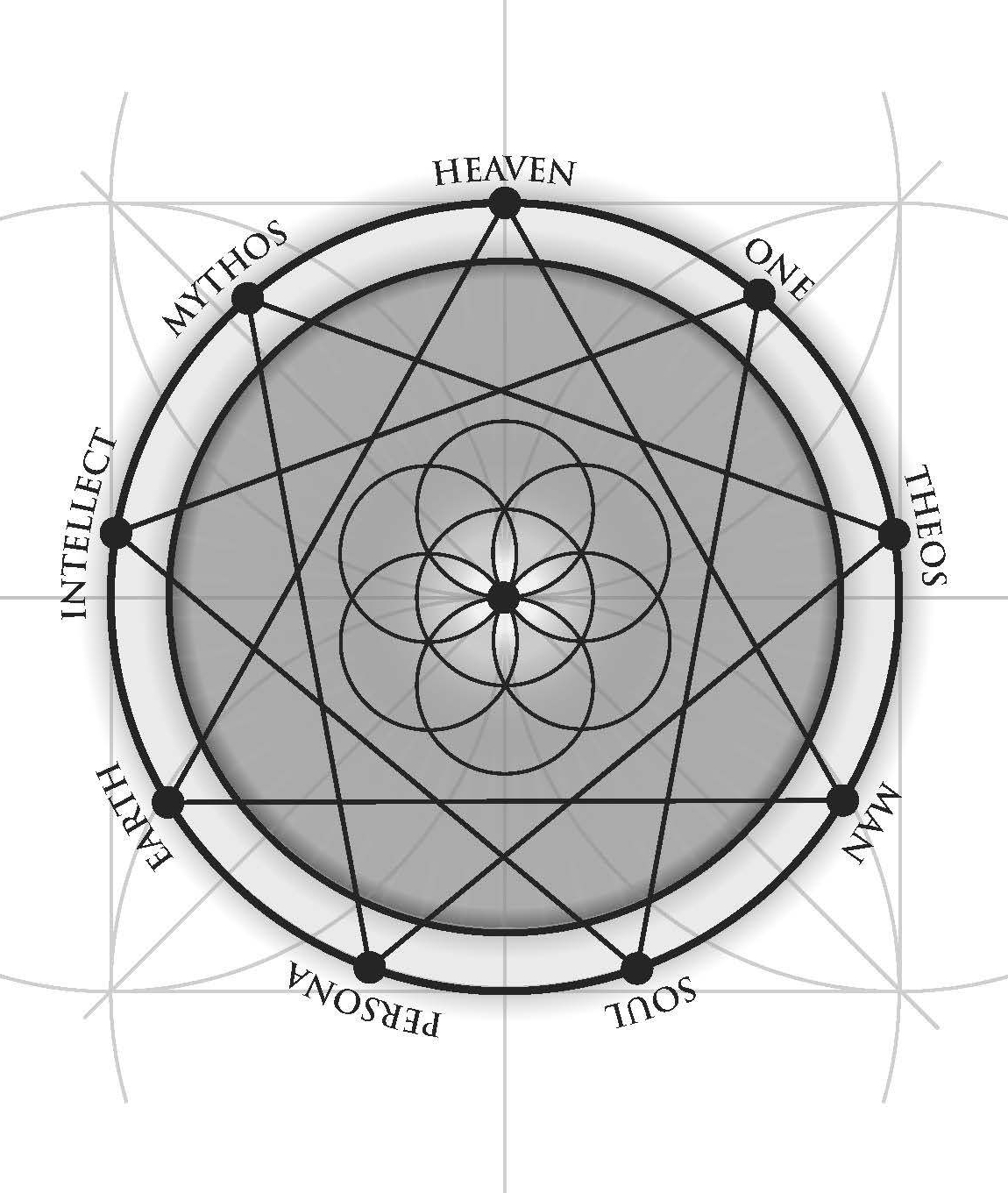
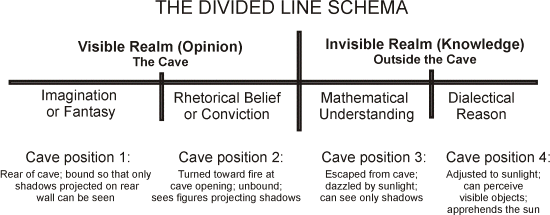
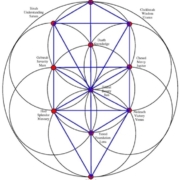
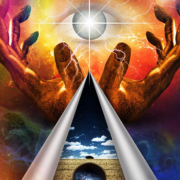
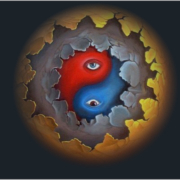
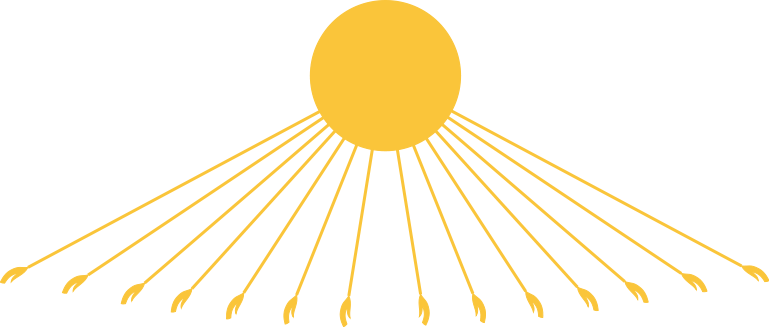

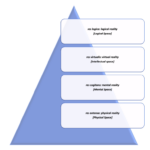
Leave a Reply
Want to join the discussion?Feel free to contribute!